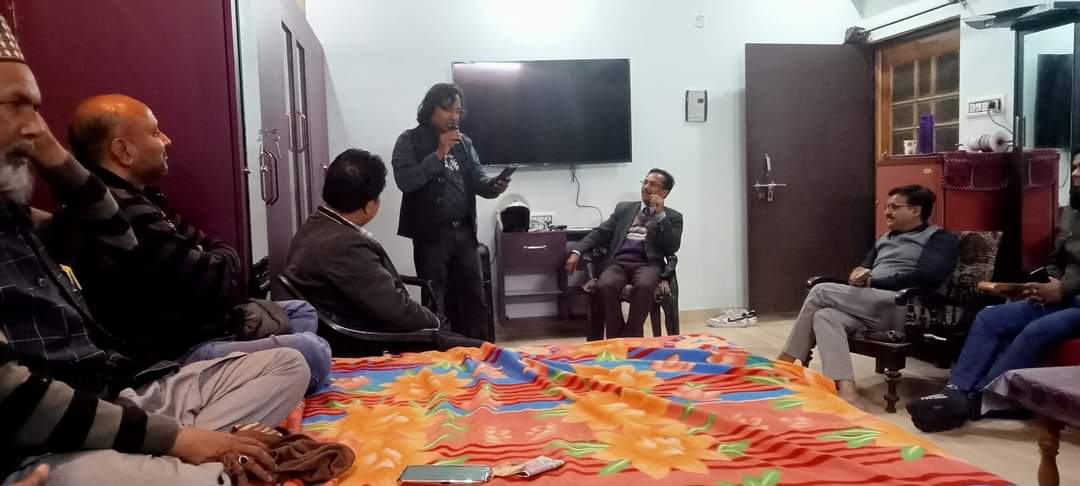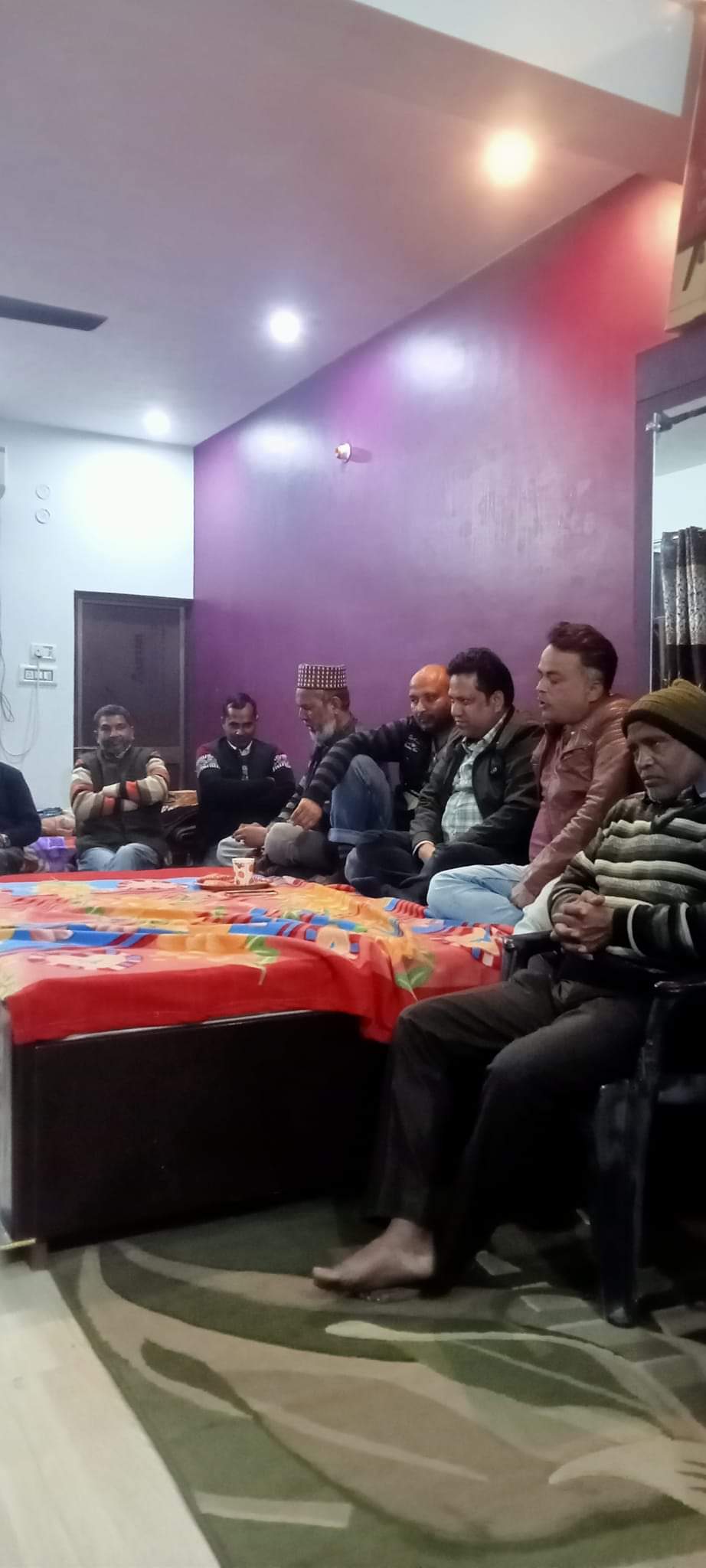_Ramjit_Yadav,_Farhat_Irfani,_Saquib_Salim_&_L._D._Sharma_at_the_poets'_meet_in_Ayodhya.webp)
Saquib Salim
Till my recent visit to Ayodhya, I was almost convinced that the city has lost its syncretic culture to a certain kind of politics. Thanks to the surfeit of media channels, sensational YouTubers, and social media influencers, who weave a narrative that is not rooted in ground realities. Also, people from far right on both extremes asserted that Ayodhya has been ‘Hinduised’ to a point of no return.
Ayodhya, the birthplace of Lord Rama, also happens to be the epicenter of the Ganga-Jamuni culture of north India. In recent years, the euphoria around the Ramjanmabhumi Movement, Babri Masjid demolition, and communal riots have marred the image of Ayodhya as a cradle of the syncretic culture of India.
Ayodhya, or Faizabad as the largest town in the district is known, was the capital of Nawab of Awadh before Lucknow. Even after the capital was shifted to Lucknow, the city’s importance didn’t diminish. Awadh rose to prominence in literature as many great writers and poets shifted here from Delhi. Mir Taqi Mir, Mirza Rafi Sauda, Ghulam Hamdani Mus’hafi, and many other great poets took refuge in Awadh during the 19th century.
It was the time when Hindus and Muslims developed a bond like never before. Nawab wrote in praise of Hindu gods and Hindus sang Islamic poems. The 1980s and 90s tried to disrupt this great trend. Many believe that the politics of hate successfully destroyed the Ganga-Jamuni culture of Awadh in general and Ayodhya in particular.
 Dr. Saif Ahmad speaking as Noorain Ansari looks on
Dr. Saif Ahmad speaking as Noorain Ansari looks on
I was visiting Ayodhya thinking that the Jamuna of Ganga-Jamuni culture was dead and only Ganga meandered through Awadh. On my first day in the city, I attended a private assembly of poets of Ayodhya. It was a sweet shock. In the part of the world where I lived such get-togethers are chapters of a bygone era.
The assembly was being held at the house of Dr. Saif Ahmad, a US-based neuroscientist; it was convened by Noorain Ansari, a local jeweler.
Keeping up with the traditions of Awadhi culture, the assembly featured Hindi as well as Urdu poets. A local Urdu poet Ramjit Yadav ‘Bedar’ summed up the culture of Ayodhya with a couplet, “Dharm ki raahon pe chalke aadmi gir sakta nahi Magar haa ye shart hai, ke admi andha na ho” (Humans cannot fall while walking on the path of religion. But, it is required that they are not blind).
The poetry of Farhat Irfani, who presided over the session, proved that Awadh has not lost its grandeur. His couplet, “Uda to aisa uda, phir na aya soo-e-zamin, Dimagh aapka ghubbara lag raha hai mujhe” (When it flew, it flew never to return to the earth. Your mind seems a balloon to me) uses a novel metaphor of ballooning of mind for inflated ego.

Poets at the symposium
L. D. Sharma, a Hindi poet, lamented the fact that politics has created a rift between the people. He called politicians, “sharm-nirpeksh” (the word means one who has no shame on the lines of ‘dharm-nirpeksh’ a Hindi word for secularism).
Another Hindi poet, Niraj Sinha, also trained his guns on the politics of hate that tends to divide Indian people.
With a couplet, “Zamin par baithne se hi mere jazbat zinda hain, Suna hai kursiya insan ki fitrat badalti hain” (My emotions are alive because I sit on the floor. I have heard that chairs change the nature of humans), Jamshed Faizabadi summed up the known reality of power corrupting people. His poetry was about human emotions and society.
Muzammil Fida compared the symposium. I felt that his style, knowledge, and depth of the subject were as good as anyone at a high-brow assembly in Delhi.
Poets who rendered their poems in Hindi and Urdu gave a unanimous verdict: common educated people must spread love and defeat hate.
ALSO READ: Mukhtiyar Ali's life is dedicated to preserving 800-year tradition of Sufi music
As I walked out of the meeting, my perception of Ayodhya and Awadh had changed. I called up as many people as I could, in Delhi, to tell them that Ganga-Jamuni culture was alive and rather thriving, in Awadh. Hindus and Muslims are living, laughing, and crying together as they have been doing for centuries now.
